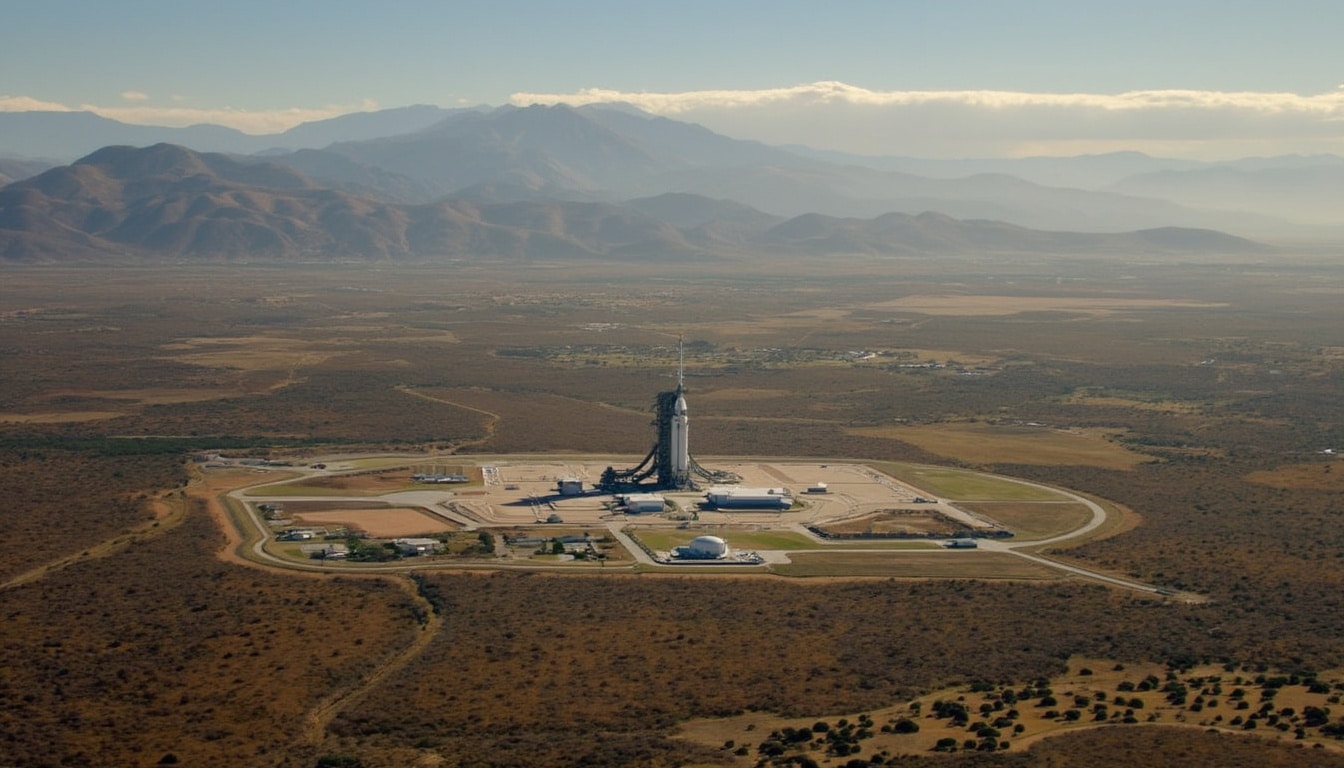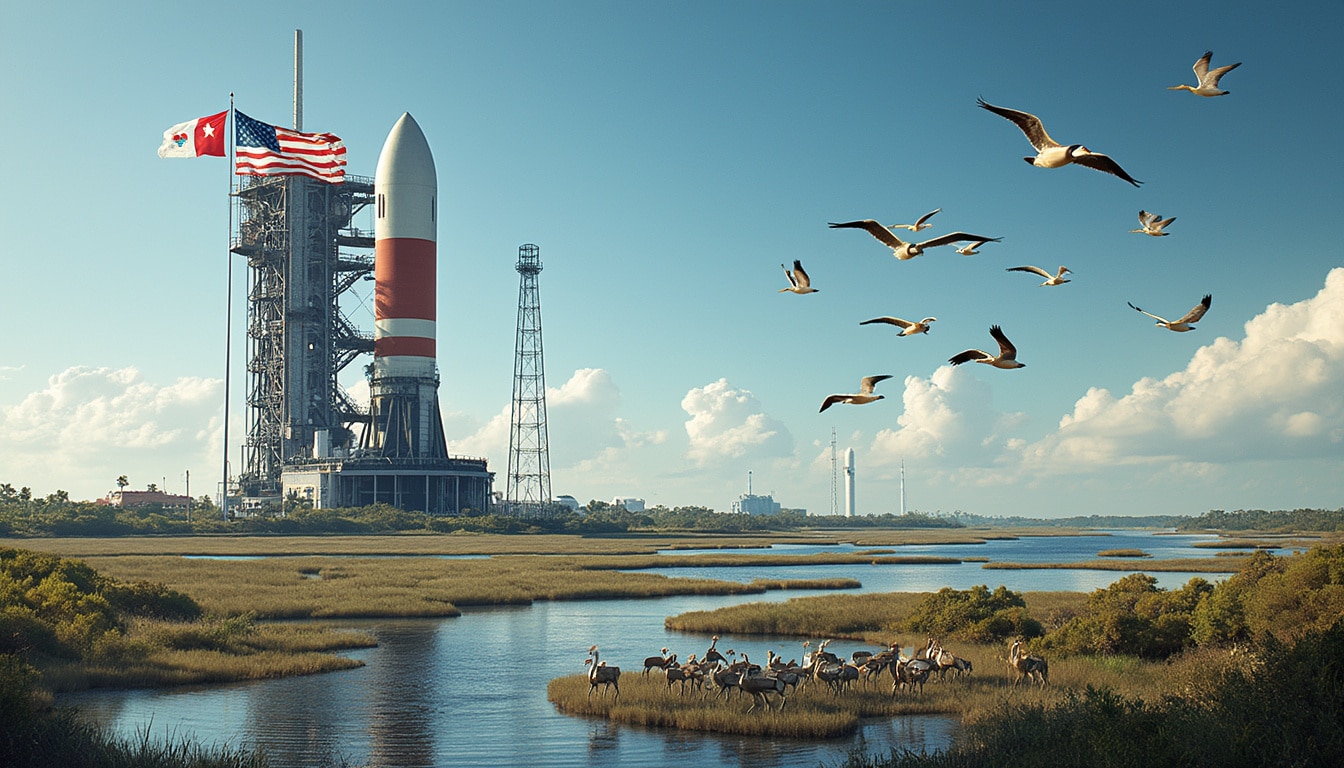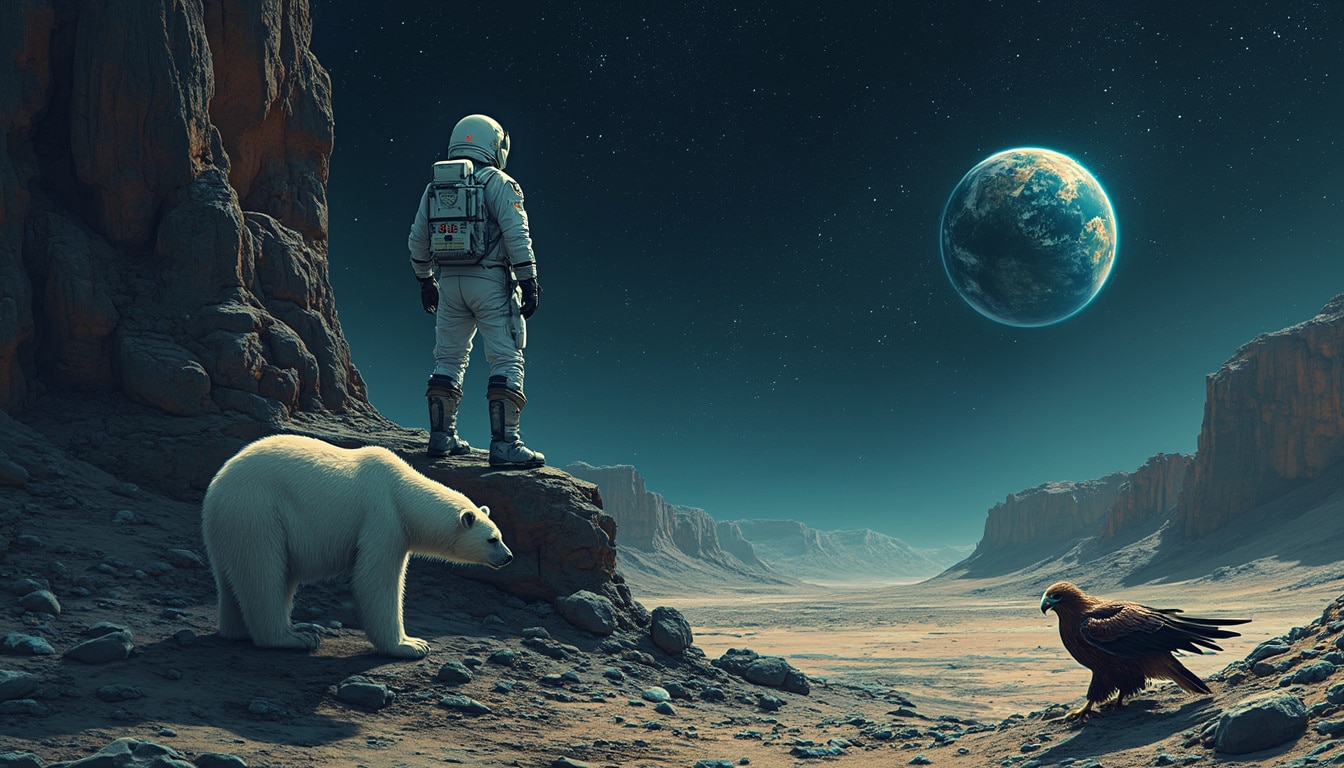In the vast landscapes of the American West, the duality of progress and conservation unfolds at the SpaceX launch sites. These locations are not only epicenters of technological advancement but also critical habitats for threatened and endangered wildlife. Understanding this intersection reveals the intricate balancing act between fostering innovation in space exploration and ensuring the survival of delicate ecosystems.
This article delves into the environmental ramifications of rocket launches, particularly at sites like Vandenberg Space Force Base in California and Boca Chica in Texas. As we unravel the nuances of wildlife conservation in the face of corporate ambitions, the stark reality behind the headlines begins to emerge.
The Vandenberg Space Force Base: A Biodiversity Hotspot
Situated in Lompoc, California, the Vandenberg Space Force Base is emblematic of vital conservation efforts. Covering 99,000 acres, this site serves as a launch pad for numerous missions, supporting both civilian and military satellite programs. More importantly, it is home to a rich assemblage of biodiversity that many may not associate with a military installation.
Within the confines of Vandenberg, 17 designated species of animals are considered threatened or endangered. Among these are the western snowy plover, a delicate shorebird; the California red-legged frog, which has faced habitat destruction; and the vernal pool fairy shrimp, an organism that thrives in ephemeral wetland environments. The presence of such species highlights the need for protection and active management.
Conservation Efforts and Research Initiatives
Rhys Evans, the Space Force’s natural resources lead, underscores the significance of safeguarding wildlife on base. By collaborating with local universities, he drives research that informs conservation strategies. For instance, recent studies have utilized satellite tagging to monitor the migration patterns of elephant seals along the coastal beaches adjacent to the launch site.
In partnership with Brigham Young University and California State University, Evans’s efforts aim to quantify the impacts of rocket launch noise on wildlife behavior. The integration of scientific research into operational practices is crucial for mitigating potential disturbances.

Launch Impacts on Local Ecosystems
The dual nature of Vandenberg as a launch site and a wildlife sanctuary raises essential questions about the long-term impacts of rocket launches on local ecosystems. The explosive power of SpaceX’s Falcon 9 and future rockets carries inherent risks to fauna and flora alike. Noise pollution from launches can disrupt breeding habits of birds, while vibrations can affect the habitat of various ground-dwelling creatures.
To address these issues, Evans works closely with the U.S. Fish and Wildlife Service, developing strategies to minimize negative impacts from potential launches. Yet, each launch presents a unique set of challenges and underscores the need for continuous evaluation and adaptation.
For instance, the U.S. Fish and Wildlife Service has initiated investigations following instances of damage to nests in the surrounding areas attributed to launch activities. As the demand for more regular launches increases, so too does the urgency to find a solution that preserves wildlife habitats while allowing for space exploration to flourish.
Your Own Backyard: Boca Chica Launch Site
The Boca Chica site offers a contrasting vision of progress and preservation. Commonly known for SpaceX’s ambitious Starship program, this Texas launch site has quickly gained notoriety for its environmental implications, particularly concerning the nearby Laguna Atascosa National Wildlife Refuge and other protected areas.
The refuge presents an important habitat for numerous species, including the endangered Ocelot and various sea turtles which inhabit the Gulf Coast. SpaceX’s ongoing operations have raised alarms among wildlife advocates who fear that the frequent launches and ensuing sonic booms could have irreparable effects on the ecosystem.
The Regulatory Landscape
Balancing the ambitions of SpaceX with environmental safeguards involves navigating a complex web of regulatory bodies and assessments. The Federal Aviation Administration (FAA) plays a pivotal role in overseeing launch operations and approving projects. However, many environmental organizations argue that existing regulations may not sufficiently protect vulnerable species.
Recent incidents of habitat destruction, attributed to rocket launches and land use changes, have prompted groups like Defenders of Wildlife to call for a comprehensive review of SpaceX’s environmental impact assessments. An in-depth study is crucial in understanding the full scope of potential risks associated with the facility’s expanded operations.
Failure to address these environmental concerns risks normalizing practices that could permanently alter the landscape of South Texas and have devastating effects on wildlife populations.

Community Response and Advocacy
The local community’s response to the ongoing operations at Boca Chica encapsulates the broader concerns regarding ecological preservation amidst technological advancement. Tours of the area, along with public forums, serve as platforms for raising awareness about the fragility of local ecosystems, emphasizing the necessity for protective measures for endangered species.
Grassroots organizations advocate for wildlife conservation, rallying for public support and greater transparency from SpaceX regarding its operational impacts. Collaborations with artists, scientists, and environmentalists aim to shine a spotlight on the contradictions present at Boca Chica: human innovation versus nature’s persistence.
This growing discourse is crucial in shaping public perception and policy direction while fostering a community that values both progress and preservation.
The Irony of Progress: Impacts on Earth in Search of Another Planet
As humanity reaches for the stars, a paradox emerges on Earth. The desire to explore other planets often comes at the cost of our home planet’s health and biodiversity. Attaining the ambitious goals set forth by companies like SpaceX necessitates an examination of our methods.
The tragedy is not overlooked by wildlife advocates and conservationists who observe the ongoing battles between technological development and ecological sustainability. The launches at Boca Chica, particularly, have led to calls for supporting the Endangered Species Act and ensuring rigorous environmental assessments are embedded in project planning from the onset.
The Call for Expansion of Protective Regulations
Many organizations urge for a collaborative framework between the aerospace industry and environmental regulatory agencies. Crafting regulations that prioritize both innovation and conservation will not only safeguard biodiversity but also ensure the integrity of international and domestic policies.
Innovative solutions are being explored, such as creating buffer zones around critical habitats, enhancing monitoring technologies, and promoting habitat restoration initiatives post-launch. These strategies serve as a foundation for sustainable practices within the rapidly evolving space industry, paving the way for future endeavors that can coexist with nature.

Connecting the Dots: Community Engagement and Educational Efforts
Efforts to bridge the gap between space exploration and wildlife conservation are underway through educational initiatives, community engagement, and collaborative research projects. These avenues of outreach aim to cultivate a shared understanding of how advanced technologies can harmonize with the strategies of conservation.
Local universities and organizations rally around the cause, securing funding to support research that highlights how rocket launches influence regional ecosystems. Citizen science projects seek to involve individuals in the monitoring of wildlife behaviors pre- and post-launch, fostering a sense of ownership and responsibility.
Through a blend of education, advocacy, and creative collaboration, the movement to safeguard threatened species gains momentum, establishing hope for a more balanced relationship between humanity’s aspirations and nature’s needs.
Conclusion: A Sustainable Future
Striking a balance between innovation in space exploration and wildlife conservation is paramount. The progress heralded by SpaceX must not overshadow the vital role that ecosystems play in sustaining life on Earth. By integrating research, regulating launch activities, and fostering community engagement, a path forward emerges—one where technology and nature can thrive together.
Ultimately, the responsibility lies with all stakeholders to ensure that the quest for knowledge does not come at the cost of our planet’s future.




Leave a Reply